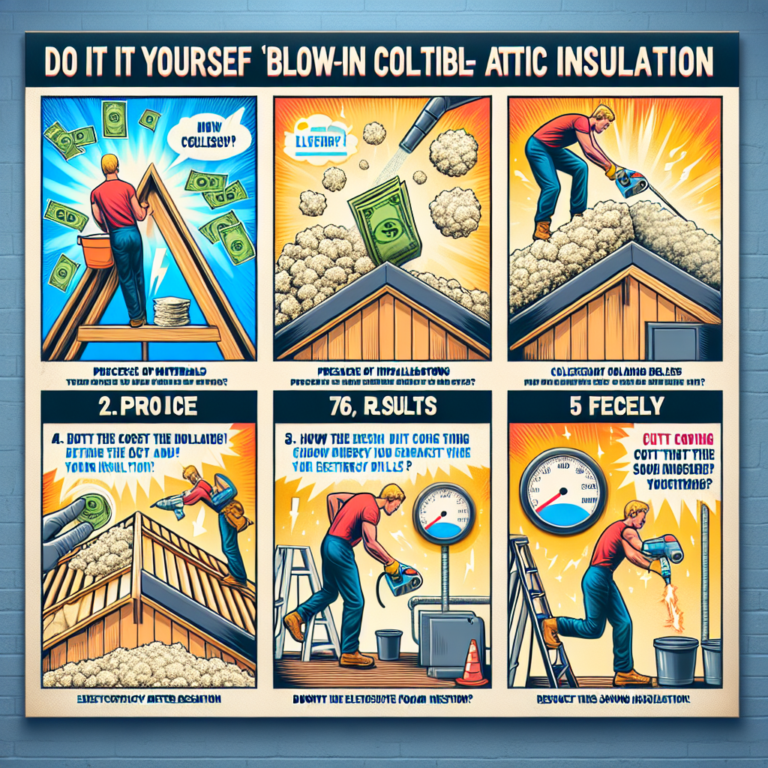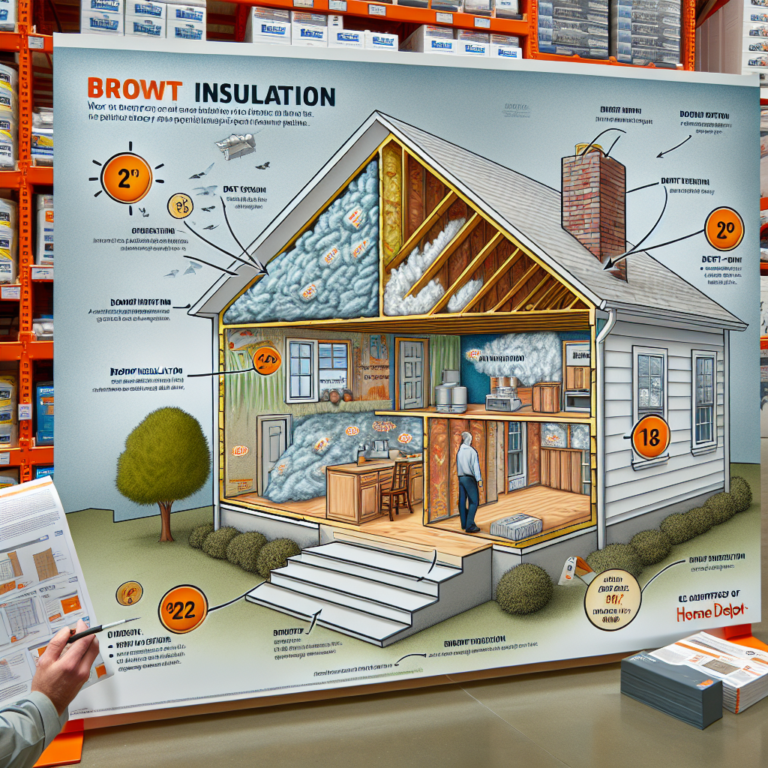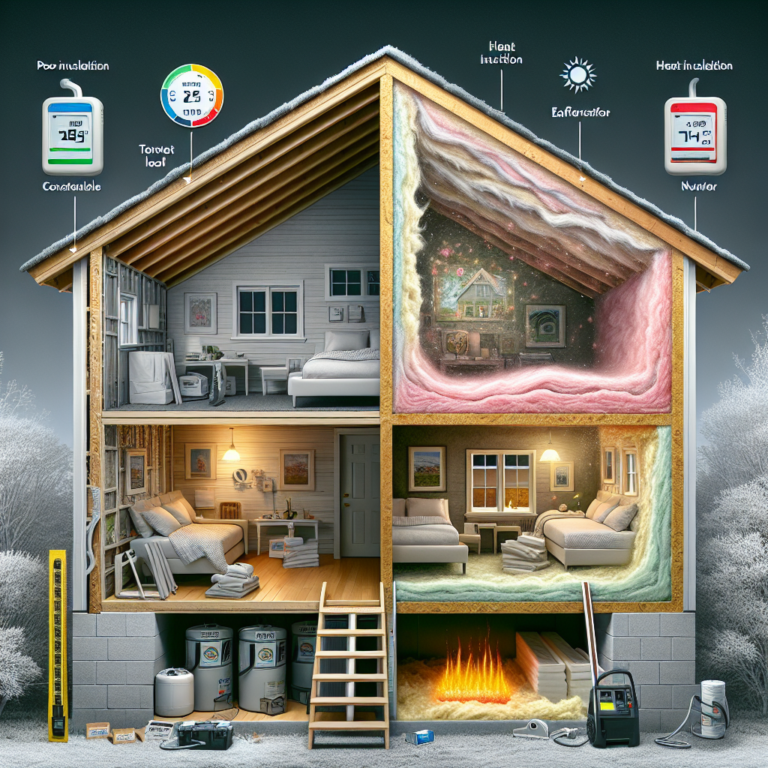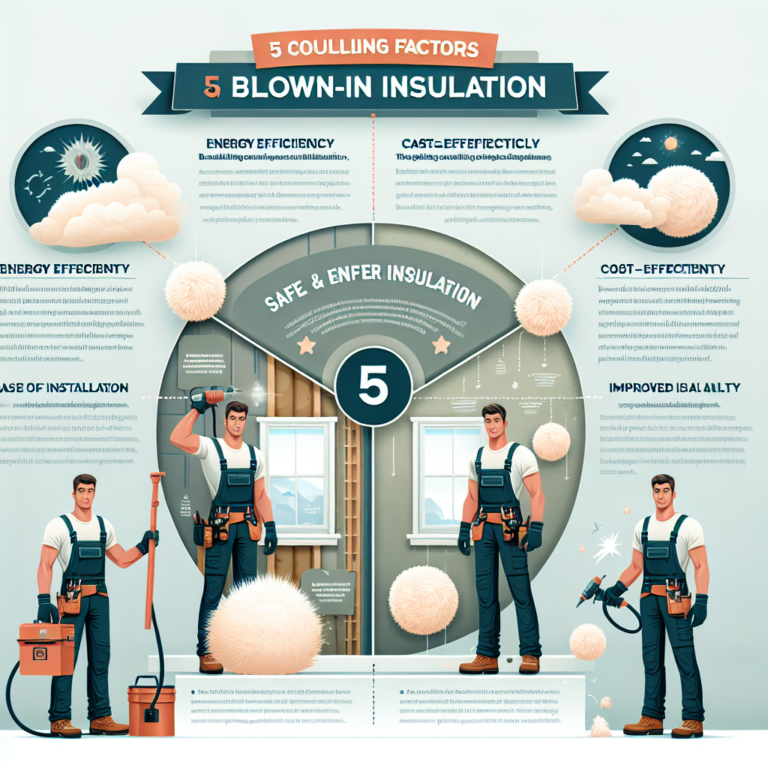Introduction
Blow attic insulation is one of the smartest investments you can make to lower your energy bills and keep your home comfortable year-round. While the initial cost may give you pause, understanding the full scope of expenses—and the long-term savings—allows you to make an informed decision. In this guide, we’ll explore the surprising factors behind the cost to blow attic insulation, share budget-stretching tips, compare DIY versus professional installation, and answer your most common questions.
The True Cost to Blow Attic Insulation: What You Need to Know
1. Insulation Material Costs
– Fiberglass: $0.50–$1.00 per square foot. The most affordable option, but with a moderate R-value.
– Cellulose: $1.00–$1.50 per square foot. Made from recycled paper, it offers excellent coverage and eco-friendly appeal.
– Mineral Wool: $1.50–$3.00 per square foot. The priciest choice, providing superior thermal performance and fire resistance.
2. Labor and Equipment
Professional installers typically charge $1,000–$2,500 to blow attic insulation into an average 1,000-square-foot attic. This figure includes machine rental, labor, and cleanup. Expect higher bids if your attic is unusually large, oddly shaped, or difficult to access.
3. Preparation and Removal
– Air-sealing and Ventilation Prep: $500–$1,000. Properly sealing gaps, installing baffles, and clearing debris ensures even coverage and prevents moisture issues.
– Old Insulation Removal: $500–$1,500. If you have damaged or compressed insulation to remove, factor in disposal fees and labor.
4. Hidden Risks and Potential Repairs
Using heavy blowing equipment can inadvertently damage ceiling drywall, wiring, or plumbing if installers aren’t careful. Improper installation may trap moisture, leading to mold growth and costly remediation. A qualified installer with insurance and warranties helps minimize these risks.
5. Long-Term Energy Savings
Although upfront costs can total $2,000–$4,000, homeowners often recoup that investment within 3–5 years through lower heating and cooling bills. Well-insulated attics reduce heat loss in winter and heat gain in summer, preventing your HVAC system from overworking.
Maximizing Your Budget for Blow Attic Insulation
• Compare Multiple Quotes: Obtain at least three bids, and don’t automatically choose the cheapest. Evaluate installers on reputation, warranty, and material quality.
• Do Pre-Work Yourself: Clearing boxes and sealing minor cracks can shave labor time off your contractor’s invoice.
• Choose Recycled Materials: Cellulose insulation often costs less than mineral wool yet delivers strong performance.
• Time Your Project: Insulation contractors may offer discounts during off-peak seasons (late fall or early spring).
• Tap Incentives and Rebates: Check federal tax credits, state programs, and utility rebates for upgrading insulation—some homeowners save 10–30% on total project costs.
• Maintain Your Insulation: Regularly inspect for air leaks, pests, or moisture. Prompt fixes extend the life of your investment and preserve energy savings.
DIY vs. Professional: Which is More Cost-Effective to Blow Attic Insulation?
DIY Pros:
– Lower Upfront Cost: Renting a blower machine runs $100–$300, plus $0.50–$1.50 per square foot for materials. A 1,000-square-foot attic could cost $500–$2,000 total.
– Flexible Scheduling: Work at your own pace and avoid contractor availability issues.
DIY Cons:
– Steep Learning Curve: Uneven depth or gaps reduce efficiency and lead to higher energy bills.
– Physical Demands: Climbing ladders, carrying heavy bags, and maneuvering bulky equipment pose safety risks.
– No Warranty or Insurance: You assume full liability for any mistakes or damage.
Professional Pros:
– Expertise and Speed: Experienced crews complete most attic jobs in a day, ensuring correct depth and uniform coverage.
– Quality Materials: Pros often have access to commercial-grade insulation at better prices.
– Warranties and Insurance: Coverage protects you against installation errors or home damage.
Professional Cons:
– Higher Initial Cost: Expect to pay a premium for labor, insurance, and warranties.
– Scheduling Constraints: Popular contractors may book weeks in advance.
Common Questions About Blow Attic Insulation
1. How much does it typically cost to blow attic insulation?
On average, homeowners spend between $1,500 and $2,500 for professional installation in a 1,000-square-foot attic. Costs rise with attic size, material choice, prep work, and removal of existing insulation.
2. What factors determine the cost?
Square footage, insulation R-value, material type (fiberglass, cellulose, mineral wool), labor rates in your region, attic accessibility, and necessary prep or removal work all influence pricing.
3. Are there hidden expenses?
Yes. Look out for air-sealing, ventilation baffles, debris removal, possible ceiling repairs, and disposal fees. These can add $500–$2,000 to your project if not included in initial quotes.
Conclusion
Investing to blow attic insulation may feel like a sizable expense, but when you consider the long-term energy savings, improved home comfort, and increased property value, it becomes a clear winner. By understanding the true cost to blow attic insulation, exploring budget-boosting strategies, and weighing DIY against professional installation, you’ll be well equipped to slash your energy bills and enjoy a cozier, more efficient home. Don’t wait—transform your attic into an energy-saving powerhouse today!












